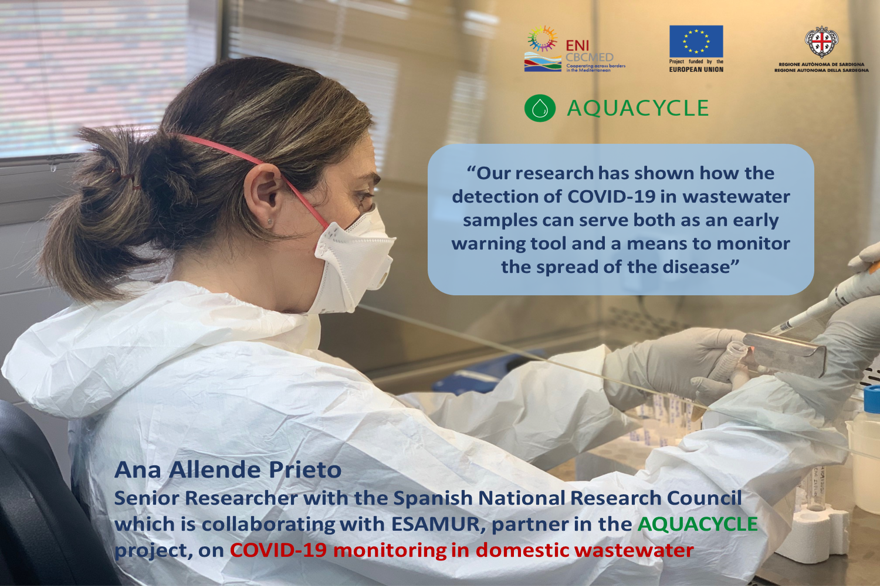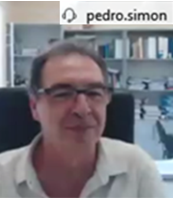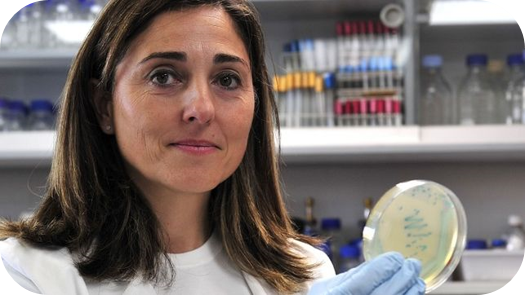AQUACYCLE brings update on COVID-19 and the Urban Water Cycle

ESAMUR, one of two research teams from Spain in the AQUACYCLE partnership, has been actively monitoring for the presence of SARS-CoV-2 RNA in domestic wastewater in the region of Murcia.
In our May 2020 Special Issue of our e-Newsletter on COVID-19 and the Urban Water Cycle, Pedro Simón Andreu, AQUACYCLE Teamleader and Technical Director of ESAMUR explained how monitoring can serve both as an early indicator of the prevalence of COVID-19 in a community and help authorities to coordinate the exit strategy to gradually lift coronavirus lock-down measures.
In this post, we invited Pedro to bring an update on these investigations which ESAMUR is carrying out in collaboration with the Spanish National Research Council. More specifically, we invited his view as to whether it proved feasible to directly correlate the results of the monitoring of domestic wastewater with the number of people infected in a community.

According to my experience, and we have been working on this since before the first wave, this type of monitoring allows to predict in a very effective manner when the infections are going to start occurring. In fact, we alerted to the infections at least one week before people were diagnosed with COVID-19 in our region.However, it should be borne in mind that once there are many infected people within a community, it becomes quite difficult to correlate with accuracy the number of infected people with the measurements of genetic copies of SARS-CoV-2 in domestic wastewater.To my point of view, the reason for this is that infected people release genetic material of coronavirus for many days after they are infected, and continue to do so even when they are diagnosed as having fully recovered.Moreover, it is clearly impossible to know with certainty how many infected people there are in reality. Health authorities report the number of positive PCRs or the number of hospitalized people, but there are many asymptomatic people or people that have simply not been tested.Currently we are actively investigating the use of mathematical modelling that takes into consideration these uncertainties in an effort to improve our capability to make such a correlation possible. The health authorities in Spain continue to be very interested in exploring this approach and we are actively working jointly with them.
Outcomes of the collaborative research between ESAMUR and the  Spanish National Research Council will be feeding into upcoming activities in AQUACYCLE as explained further in the May 2020 Special Issue of our e-Newsletter on COVID-19 and the Urban Water Cycle.
Spanish National Research Council will be feeding into upcoming activities in AQUACYCLE as explained further in the May 2020 Special Issue of our e-Newsletter on COVID-19 and the Urban Water Cycle.
Ana Allende Prieto, Senior Researcher with the Spanish National Research Council, took part in the interviews with water stakeholders in Spain in the context of the SWOT analysis.









